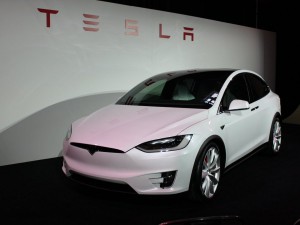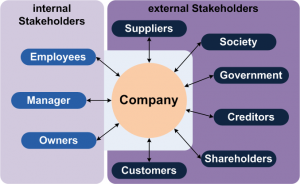Ken pointed out that an enterprise’s strategies must be rooted in a company’s culture. By quoting examples of Southwest Airline Company and General Electric Company, Ken expressed his opinions that it was essential to maintain cultural coherence when determining corporate strategies. In short, Ken believed that a company’s culture was as important as its strategies. [1]
However, I think a company’s culture establishment is more important than strategy. Take Zappos Company as an example. Zappos does not have many extraordinary strategies regarding its operation. When talking about Zappos, people hardly consider its customer services and sales patterns. Instead, lots of people believe that Zappos’ organizational culture has improved Zappos’ quality of service and its business operation. According to Mitchell (2000) [2], corporate culture refers to the shared values, attitudes, standards and beliefs that characterize members of an organization and define its nature. Many scholars believe that corporate culture is rooted in an organization’s goals, strategies and structure. Zappos’ corporate culture with its own unique characteristics is the environmental keystone for maintaining the highest levels of employee satisfaction, customer loyalty and profitability. Moreover, a company’s successful culture can become the driving force for its productivity and business operation, determining its various company strategies and their applications in practices. Hence, Zappos’ marketing and management strategies cannot be successful if Zappos has not established its prosperous corporate culture as the foundation for its business development.
Organizational culture is the spirit of a company, while strategies are toolkits that boost the economy of a corporation. Therefore, a company’s culture is the keystone for a company development and is more important than a company’s strategies.

http://www.creativecorporateculture.com/tag/article/
reference:
- http://www.strategy-business.com/blog/Strategy-or-Culture-Which-Is-More-Important?gko=26c64
- Mitchell, C. 2000. International Business Culture. Shanghai: Shanghai Foreign Language Education Press.








